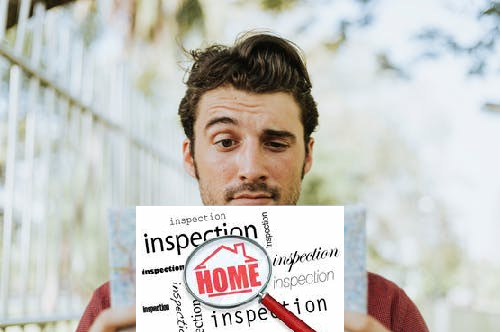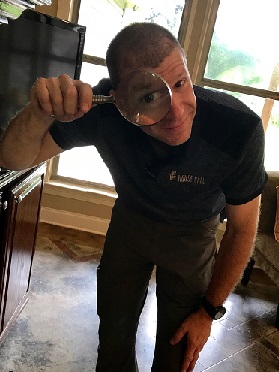One of the most difficult things about running a business is dealing with clients. An often-heard complaint is that “this would be a great job if it wasn’t for all of these damn clients!” And yes, I know that our customers are the whole reason that we are in business, but (sometimes) dealing with them can cause a business owner a whole lot of stress. Is there any way that we can change this situation, taking a potential problem and turning it to our advantage?

Like most things in our lives, our relationship with our customers falls somewhere between two extremes. Our customers can be a significant liability when they are angry or disappointed with our product. At a minimum, they complain, causing stress in our lives. At their worst, they take to the airwaves of the internet, bashing our product and services for all to see.
But at the other end of the spectrum, they can be incredibly beneficial to us, gushing about the quality of our product or our level of professionalism to everyone in their audience.
So, what causes the difference in these opinions? Why do some people love us, and others, not so much? If we look closely, really digging deep into the clients’ thoughts, opinions and mindset, we would discover that most people are unclear about what they are paying for when they get a home inspection. Most of them are getting their house inspected because their Realtor told them to get it done. They are not getting a home inspection because they know that it’s an important step in being more knowledgeable about the house they are about to purchase.
What do you think they’re expecting to get?
Most of our clients learn the little bit they know about home inspections from their agent, friends and family and (for better or for worse) the internet. And while there is certainly a small chance that they will arrive at the inspection with a perfectly clear idea of what it is you are going to do for them (Really, you think?), the odds are that their expectations are not going to align with reality.
Wouldn’t it be a lot better if their understanding of the home inspection process came from you, the person that’s actually going to do their inspection? You should be doing everything in your power to attempt to mold your client’s understanding of the home inspection process.

Take the time to provide your clients with multiple opportunities to learn what it is that you are going to do on their inspection.
If possible, speak to them when they schedule their inspection. Ask questions to find out what they are concerned about and how much they know about the inspection process. If necessary, take this opportunity to start aligning their expectations with reality.
Send them a preliminary email, broadly outlining your services. Deliver to them a copy of the standards by which you operate, the laws that you must adhere to in your industry, as well a professionally designed inspection contract.
Direct them to your website, where they can find more information about you and your home inspection process. Provide them with quality information on your site, not just some generic information about how great you are!
Include language in your home inspection agreement and report which further details your responsibilities. Make sure that your standards, your agreement and your report are all saying the exact same thing (using the same language as much as possible.)
Take every opportunity to provide guidance to your clients about the home inspection process. The more information that you can provide them, (typically) the better the outcome of the whole process for everyone involved.
Now, before you start to argue about the effectiveness of this approach, (believe me) I know that most clients will not take the time to watch, read or listen to the information that you are providing.
That’s the unfortunate reality of our business.
We can’t worry about whether our clients actually absorb the information that we are providing. That part of the process is out of our control. You can’t force someone to read your report, listen to your explanations or look at your website.

However, the simple fact that you are trying to educate your client, to make certain that they understand the product that they are paying for, can go very far in heading off any problems that may crop up after the inspection.
By simply making the attempt (and having verifiable documentation that you did attempt to align your client’s expectations with reality), you dramatically increase your odds of success in a complaint or lawsuit situation.
And if your client knows what he’s in for, who knows, you just might avoid those painful situations altogether.
I welcome all feedback (both positive and negative) on this post.
Please take a moment to leave a comment below. Thank you!?
Would you like to get an email every Friday where we share the newest things we’ve discovered about home inspections? CLICK HERE to sign up.
Want to be an Influencer in Your Field? Share This Post!
Thanks, Joe

